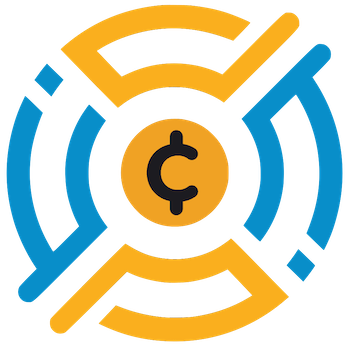Cardano (ADA) has undoubtedly been lurking in the shadows of the crypto market, with its price plummeting to $0.615, a stark decline that highlights the ongoing bear market. Since its apex of $3.1 in November last year, ADA has seen a staggering loss of over 80%. This has led many to question not only its viability but also its appeal in a crowded space dominated by formidable competitors like Bitcoin (BTC), Avalanche (AVAX), and Solana (SOL). These circumstances have often painted Cardano as a “ghost chain,” a label that resonates within the community due to its slowed development activity and dwindling investor interest.
Challenges in Attracting Developers
One of the primary hurdles that Cardano faces is its inability to attract a significant number of developers. In an era where innovation is the driving factor for blockchain adoption, Cardano’s development metrics fall short when compared to other layer-1 and layer-2 blockchains. The allure of building decentralized applications (dApps) appears to be more enticing on platforms like Binance and Aptos, which are quickly gaining traction. This disparity in developer interest reveals a core issue; it isn’t just about the technology, but also about the community and ecosystem surrounding it.
The Bullish Catalysts at Play
Despite its dismal performance, there are whispers of optimism. One particularly promising development is Cardano’s upcoming integration with BitcoinOS. This fusion has the potential to employ zero-knowledge cryptography, a revolutionary method that can facilitate income generation for Bitcoin holders without the typical reliance on intermediaries. Charles Hoskinson’s enthusiasm regarding this integration is palpable; he believes it could usher in billions to Cardano’s ecosystem, breaking the chains of stagnation that have historically held it back.
Technical Analysis: A Silver Lining?
Technically speaking, there are signs that a turnaround could be possible. The price action has created a bullish falling wedge pattern, a formation that often precedes upward reversals. While many remain skeptical of a significant rally, some analysts highlight that this pattern, coupled with support from the 100-week Exponential Moving Average, might indicate that bullish sentiment isn’t entirely dead. Additionally, the ascending trendline formed from the lowest levels of 2023 suggests that perhaps Cardano is attempting to right its ship amidst the turbulent waters of the crypto market.
The Hard Truth About Recovery
While the charts may suggest potential recovery, it’s crucial to approach such optimism with caution. An ambitious target of a 400% rally this year is not without its challenges; various market factors must align seamlessly for this to happen. The crypto market remains fickle, highly influenced by regulatory developments, market sentiment, and broader economic conditions. The reality is that, at this stage, the odds remain stacked against Cardano. However, should the unexpected occur with the BitcoinOS integration rallying developer interest and user engagement, perhaps the narrative of Cardano as a relic will shift into that of a phoenix rising from the ashes.
While the future is uncertain, what is clear is that to harness its potential, Cardano must transcend being merely a technical marvel and evolve into a thriving ecosystem where developers and users flourish. The next months could define whether Cardano remains a digital footnote or reestablishes itself as a significant player on the blockchain stage.














Leave a Reply
You must be logged in to post a comment.